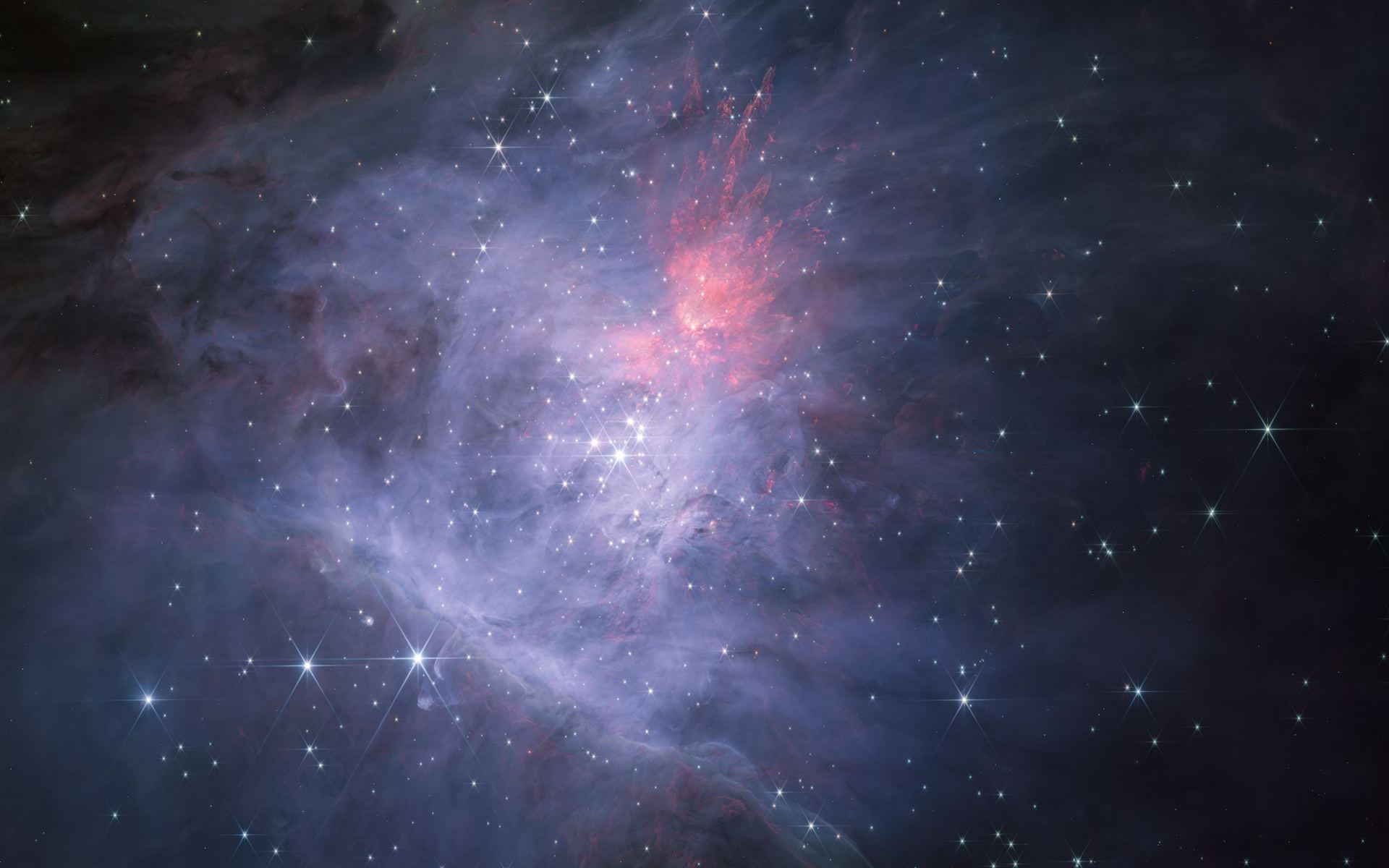The Orion Nebula is one of the brightest star-forming regions in the sky, easily visible in a small telescope. But you’ve never seen anything like these new images from JWST. Researchers have created enormous mosaics of the region in both short and long-wavelength channels. An interactive interface from ESA allows you to zoom in and out of the image and switch between the views. You can see details in the stellar discs and outflows in the short-wavelength version, while the long-wavelength version reveals the network of dust and organic compounds.
The new images also reveal some mind-boggling enigmas.
Discovered within the gas and dust of the inner Orion Nebula and the Trapezium Cluster are hundreds of free-floating planetary mass objects. In a paper posted to arXiv, researchers say the near-infrared survey from JWST allowed them to discover and characterize a sample of 540 planetary-mass candidates with masses down to 0.6 Jupiter masses. Within those are 42 Jupiter Mass Binary Objects.
“The Jupiter Mass Binary Objects or JuMBOs are a really big discovery, we believe,” said Mark McCaughrean, a senior adviser for science and exploration at ESA, on Mastodon. In the pre-print, McCaughrean and his fellow researchers said that these planetary-mass binary objects is “a result that is highly unexpected and which challenges current theories of both star and planet formation.”

The team says these objects are too small to be stars, but these free floating objects also challenge the conventional definition of a planet because they are not in orbit around a star. Additionally, current theories of planetary formation suggest that Jupiter-sized objects can only be formed through the process that gives rise to stars inside the clouds of dust and gas found in a nebula.
“It is clear that further simulations and modelling will be needed to understand how a substantial population of objects can form below 5MJup and how a significant fraction of them can end up in multiple systems,” the team concluded.
To see the images in detail, see ESA’s ESASky application, which has a user-friendly interface to visualise and download astronomical data. These are among the largest JWST mosaics observed to date.

